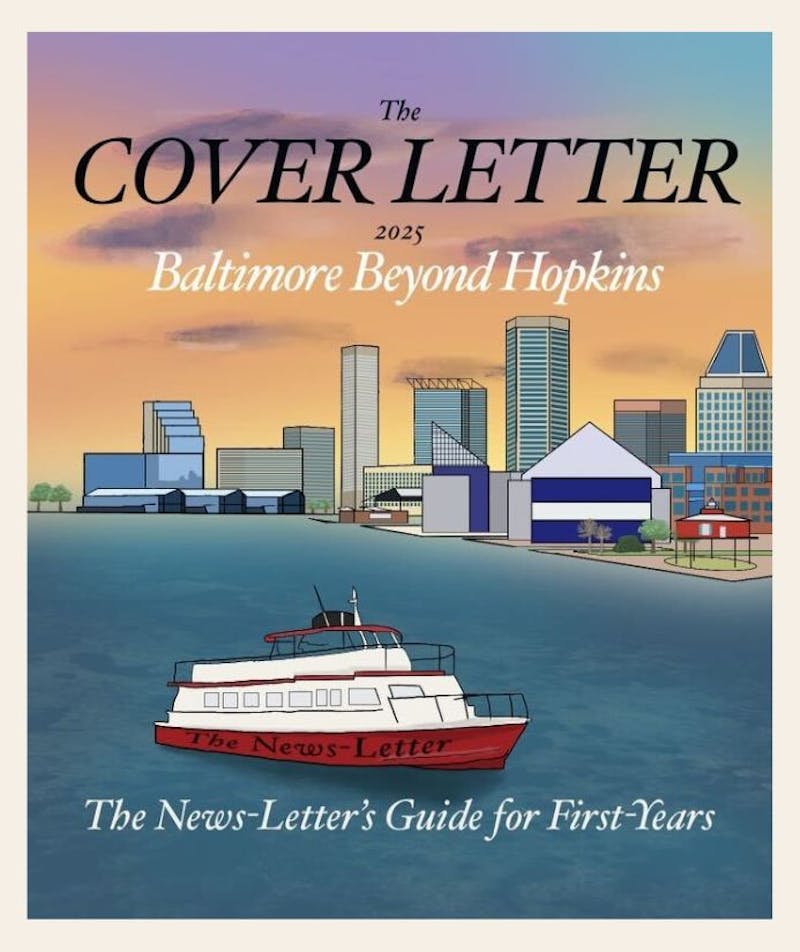As the crabbing season dies down, it has come to my attention that I have not delved into the Baltimorean tradition of chowing down on cooked crustaceans. For that, I am sorry and I intend to right such a grievous wrong in this column.
Before I go any further, if you don’t like seafood, I respectfully request that you, well, get out of my city. You really can’t live in Baltimore if you don’t have an undying love for the fruits of the sea. I will repeat this statement every column, so don’t think I’ll forget about you, you soulless seafood haters.
Maryland Blue Crabs are delicious and healthy sources of protein that are a delicacy in this great city. Like the lobster, their value was once woefully underrated. Just as lobsters were served in prisons in Maine, crabs were served in lieu of peanuts at bars in Baltimore.
Can you imagine walking into a bar and ordering your Natty Boh and being served a tray of delicious crab at no cost to your person? If you can, I’m sure you are wishing you lived in a better time. If you can’t imagine or just don’t like that image, I dare say we shall never be friends.
That was, however, a time when crabs were more prevalent than the clap and everyone just wanted to get rid of them in the easiest way possible. So they fed the hungry drunken masses. Michael, you say, what makes crabs so delicious and why should I care? Two words: Old Bay. Crabs on their own are a delicious, subtly sweet meat, packed with flavor in every bite. Their natural flavor, however, is amplified by the amazingnesss of the classic Baltimorean spice, Old Bay.
The spice was developed by a guy named Gustav Brunn, a German immigrant. He combined 11 or so secret spices to create a salty, spicy powder with the red hues of a steamed crab. The spice was used in bars because it was salty, and made people order more drinks. It’s like crabs and Old Bay (and Natty Boh) were made for each other.
Brunn named the spice after a passenger liner that sailed up and down the Chesapeake, and created the Old Bay Company, which packaged the spice in its iconic yellow container. Later, in 1990, the Old Bay recipe was sold to McCormick & Company.
This culinary enhancer has long been served in one form or another with the Maryland Blue Crab. And no one has ever dared to separate them.
I won’t lie to you, unless you are a master at picking crabs, it will take a little effort on your part. You have to rip off the apron, and pry away the shell to reveal -- no, not meat -- but the internal organs and the lungs. Once you have cleaned out all of these undesirable, but still edible, components, there is still work to be done. You will need to go through each chamber and clean out the deliciousness. Then you must take that clump you just acquired and dip it into the tiny mound of Old Bay you have to the side of your crab picking station.
You’ll have to repeat this process three, four or five more times, depending on how hungry you are. Don’t worry, by the second, you should have glugged enough beer that your squeamish stomach will have forgotten its pansy nature, and you will be loving the flavor explosion in your mouth.
Okay, Michael, you say, I’m intrigued — where do I go for delicious crabs? Well, good reader, my one and only suggestion is to wend your way out to Essex to Mr. Bill’s Terrace Inn. Their variation of the Old Bay seasoning is to die for and their crabs are always the biggest, best and most delicious. Be sure to get there early, because this place is no Baltimorean secret. Everyone knows and everyone goes.
I’m not demanding that you eat crabs for every meal. That would get expensive very quickly. I do demand, however, that you eat crabs at least once to prove that you aren’t just a Johns Hopkins nerd who hides on D-Level and whines that Baltimore has nothing to offer and yadda yadda yadda. Just accept that Baltimore has crabs. And eat them.


